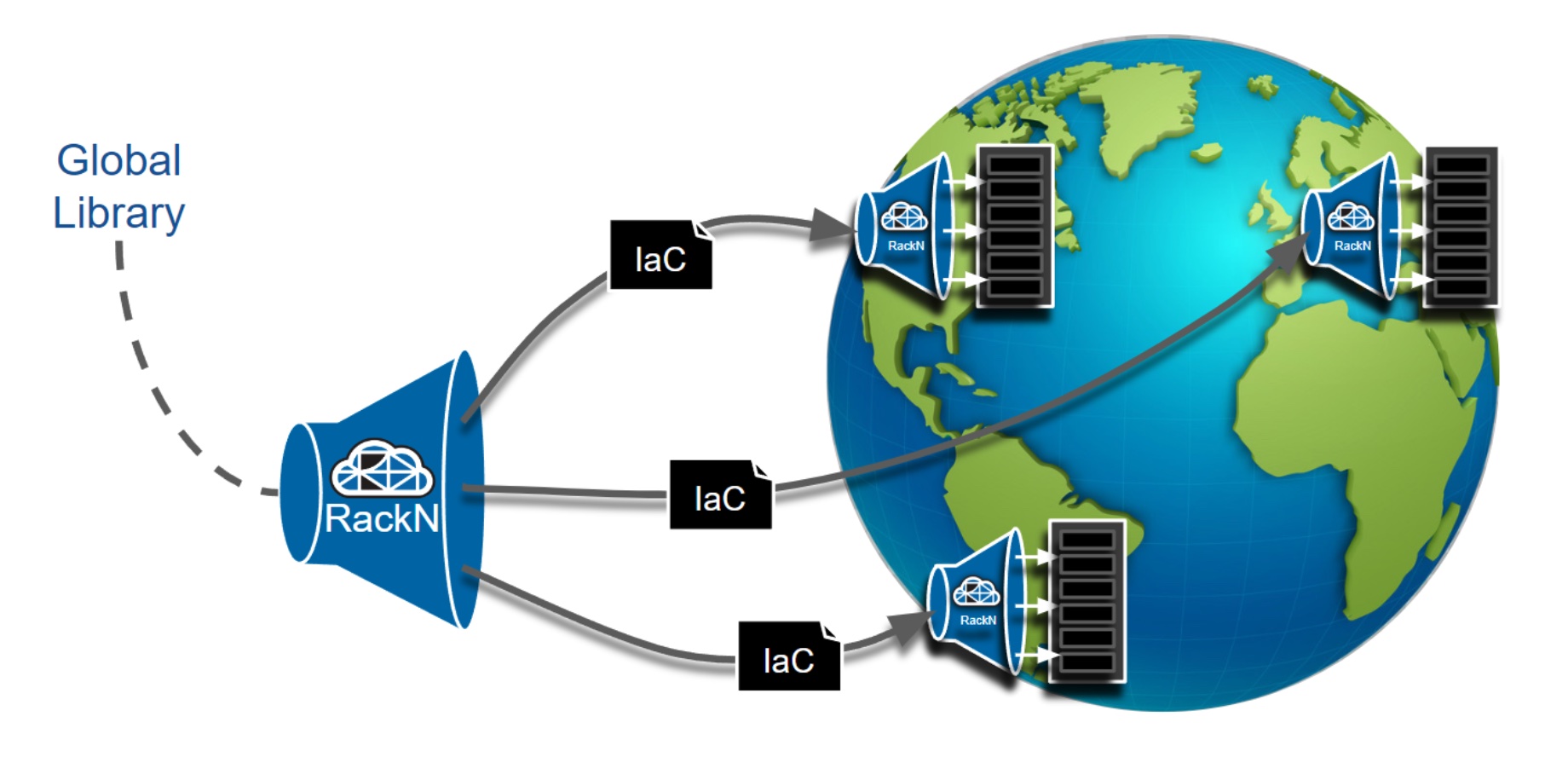Virtualization of IT systems decouples physical infrastructure from logical resources, hiding complexity and enabling new capabilities. However, not all potential benefits of virtualization have meaningful value outside IT circles: Too many of our discussions revolve around the very complexity that virtualization technology should be hiding! True business value is derived from transformed virtual resources in the next-generation data center, not the incremental capacity gains of virtual servers. But how will we get there, and what will this future look like?
The Problem with Virtual Servers
Implementation of virtualization technology to date has merely delivered condensation of physical resources: 250 physical servers are condensed onto 20 physical servers, but 250 virtual server images remain. True, this does result in the reduction of data center footprint, from rack space to power and cooling, enabling moderate cost savings. But these are not examples of real consolidation, let alone business transformation.
Many have lamented this “virtual server sprawl” and suggested alternative methods of consolidating low-utilization applications into larger, more flexible “resource servers”. For example, numerous SQL servers can be combined on a single central server with more focused management. But these larger resource servers are not normally virtualized since their concentrated I/O demands can overtax current server virtualization platforms. Therefore, consolidation and virtualization remain separate.
This is the problem with conventional server virtualization. It enables us to condense data center demands for some systems, but delivers very little else apart from new backup and management headaches. Certainly we can provision servers more quickly, and we might be able to recover from a disaster more easily, but these are IT-facing benefits that other business entities care little about.
Storage and Network Virtualization
Virtualization of storage and network resources face even higher barriers. Where server virtualization has quickly delivered incremental “green” savings, these benefits are harder to come by in other areas.
Storage virtualization primarily delivers flexibility. SAN or NAS systems can be combined into larger pools, allowing existing resources to be better utilized or provisioned more quickly. But there is only a little cost avoidance to be gleaned from more efficient use of storage capacity. Real cost savings would require reduction of infrastructure, and constant data growth makes this extremely difficult to achieve. Other benefits, like enhanced data migration or heterogeneous replication, ought to be invisible to the business anyway.
Network virtualization lags even further behind. Only a few shops have attempted to use technology like InfiniBand to enable flexible virtual connectivity, though the future Converged Enhanced Ethernet concept is beginning to spark some interest. Here again, financial benefits from network virtualization technology are limited to a moderate reduction in future equipment cost.
Transforming the Data Center
In all three instances (server, storage, and network), the financial benefits are merely the sideshow. The underlying benefit from virtualization of IT infrastructure comes from the extension of IT systems outside the data center, a change on the order of the advent of minicomputers or the spread of open systems.
VMware recently laid out a serious and compelling vision of this future Virtual Data Center as VDC-OS. Their concept is evolutionary and radical at once, with the simple virtual server infrastructure of today augmented with increasingly uniform and flexible storage and network layers. This culminates in a truly virtual data center, where running server images can move from device to device, location to location, and even out to the cloud.
VMware’s brilliance is in leveraging what works today (virtual server images on ESX) to build a foundation for complete virtualization of physical resources. But virtual servers running on VDC-OS remain tied to the present: They run the same operating systems and will likely remain bound to the same “one (virtual) server per application” world view that pervades open systems today. This leads to exactly the same situation of server sprawl that has proven a management nightmare.
Others are extending the web hosting concept to enable custom applications to be run on the scalable, flexible, multi-homed servers that run the world’s biggest Internet applications. Google and Amazon’s visions are decidedly post-data center, with applications, rather than server images, being the primary unit, and database-style storage replacing conventional blocks and files. Use of these web-oriented application platforms has so far been limited to entirely new systems built from scratch to take advantage of them, limiting their appeal to current IT environments.
Where Is the Business Value?
Yet, most discussions of these virtualization strategies (mine included) fails when it comes to demonstrating real business value. We must move away from quickly-forgotten cost savings and focus instead on profoundly transforming how IT serves business goals. Virtualized infrastructure allows flexibility and scalability, changing how everything in IT works.
Whether it uses conventional operating systems and applications (as in VDC-OS) or re-engineered web-enabled solutions, virtualized infrastructure fundamentally changed our world. Organizations would be free to physically move their systems, even outsourcing or offshoring the infrastructure component entirely. They could move to an on-demand purchasing model for logical capacity, not just bits and bytes.
In the process, they would render current server platforms, operating systems, and storage devices irrelevant. Undoubtedly, attaining this future remains a while off, but IT professionals should consider its implications. Much of what we do is focused on making the “plumbing” work efficiently rather than serving the needs of the business. Where do we stand once the perennial issues of performance, availability, and scalability are solved?





